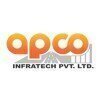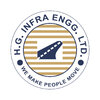Filter interviews by
Clear (1)
Wapcos Safety Manager Interview Questions and Answers
Wapcos Safety Manager Interview Experiences
1 interview found
Interview Preparation Tips
Top trending discussions






Interview questions from similar companies

I applied via Campus Placement and was interviewed before Feb 2021. There were 3 interview rounds.
Interview Preparation Tips
Skills evaluated in this interview

Interview Questionnaire
1 Question
- Q1. What is production?
- Ans.
Production refers to the process of creating goods or services using resources and labor.
Production involves transforming raw materials into finished products or providing services to customers.
It includes activities such as manufacturing, assembly, packaging, and distribution.
Examples of production include car manufacturing, food processing, and software development.
Efficient production is essential for businesses to

Site Engineer Interview Questions & Answers
Hindustan Construction Companyposted on 20 Dec 2020
Interview Questionnaire
1 Question
- Q1. Floor Tile thickness, types of tile, company of tile,

Site Engineer Interview Questions & Answers
Hindustan Construction Companyposted on 29 Jan 2021
Interview Questionnaire
1 Question
- Q1. Site related
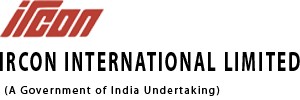
I applied via Referral and was interviewed before Aug 2020. There was 1 interview round.
Interview Questionnaire
1 Question
- Q1. Had you worked before in infra works
- Ans. Yes and explained what I did
Interview Preparation Tips

Interview Preparation Tips
those who work in this company get respect

I applied via Walk-in and was interviewed in Aug 2023. There was 1 interview round.

I applied via Company Website and was interviewed in Jun 2023. There were 3 interview rounds.
Skills evaluated in this interview

Site Engineer Interview Questions & Answers
Hindustan Construction Companyposted on 16 Sep 2022
I applied via Company Website and was interviewed in Aug 2022. There was 1 interview round.
Interview Preparation Tips
Wapcos Interview FAQs
Recently Viewed
Tell us how to improve this page.
Wapcos Interviews By Designations
- Wapcos Field Engineer Interview Questions
- Wapcos Electrical Engineer Interview Questions
- Wapcos Site Engineer Interview Questions
- Wapcos Project Engineer - Civil Interview Questions
- Wapcos Project Engineer Interview Questions
- Wapcos Civil Engineer-Water/Wastewater Interview Questions
- Wapcos Construction Engineer Interview Questions
- Wapcos Junior Engineer Interview Questions
- Show more
Interview Questions for Popular Designations
- Safety Engineer Interview Questions
- Senior Safety Officer Interview Questions
- Senior Safety Engineer Interview Questions
- Safety Officer Interview Questions
- Fire & Safety Officer Interview Questions
- Safety Supervisor Interview Questions
- Fire & Safety Supervisor Interview Questions
- Senior Safety Supervisor Interview Questions
- Show more
Interview Questions from Similar Companies
|
Field Engineer
153
salaries
| ₹1.7 L/yr - ₹7 L/yr |
|
Civil Engineer
148
salaries
| ₹2.4 L/yr - ₹8.7 L/yr |
|
Electrical Engineer
79
salaries
| ₹2.4 L/yr - ₹7 L/yr |
|
Site Engineer
73
salaries
| ₹2 L/yr - ₹5.9 L/yr |
|
Civil Site Engineer
66
salaries
| ₹2.2 L/yr - ₹6 L/yr |
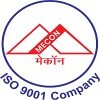
Mecon

RITES

Ircon International
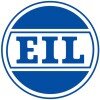
Engineers India
- Home >
- Interviews >
- Wapcos Interview Questions >
- Wapcos Safety Manager Interview Questions







